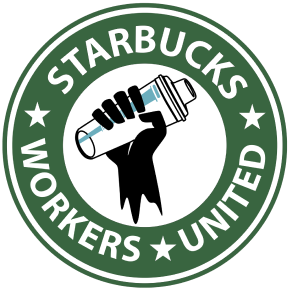On paper, right-to-work sounds great — the right to gainful employment is enshrined in the Universal Declaration of Human Rights — but in reality, right-to-work laws originate in racist fearmongering and serve to gut working-class power. These laws play a significant role in pushing inequality in this country, as one of the most significant impediments towards building a strong working class.
What is “right-to-work?”
Right-to-work laws were federally authorized by the Taft-Hartley Act of 1947. The bill amended provisions of the National Labor Relations Act of 1935 (also known as the Wagner Act), which stated that employees had the right to form unions and collectively bargain with their employers. Unions are legally required to represent all workers covered under the union contract. This includes members, who pay dues, and nonmembers, who don’t. For example, if a nonmember brings a grievance against management, the union has to represent them through the entire process which can be lengthy and expensive. Originally, unions could recoup costs by charging nonmembers “fair share fees” in exchange for their services. Right-to-work laws are designed to kneecap union finances by making this illegal.
Racist origins
Early proponents of right-to-work laws took advantage of pre-existing racial divisions by framing the laws as protecting white workers from associating with their Black colleagues. Early right-to-work crusader, and virulent racist, Vance Muse said that without right-to-work laws, “white women and white men will be forced into organizations with black African apes whom they will have to call ‘brother’ or lose their jobs.” Not coincidentally, states in the Jim Crow south were among the first to pass right-to-work legislation. Today, 28 states and Guam have enacted right-to-work laws, including every southern state.
Free riders
When there is no obligation to pay dues to a union in exchange for representation, it encourages “free riders” who get all the benefits of a union contract (higher wages, employer-sponsored healthcare, paid time off, more robust retirement benefits, etc.) without actually being dues-paying members. Workers might even choose not to pay dues despite enjoying working under a union agreement. In 2017, 83% of workers represented by the AFSCME Iowa Council 61 voted to recertify the union despite the fact that only 29% of the workers were actually union members, paying for the representation of the remaining 71%.
Unions lift us up
The strength of the American working class depends on unions. Union membership has declined from a peak of 33.4% in 1945 (two years before the passage of Taft-Hartley) to 10.8% in 2020. This decline almost perfectly mirrors an increase in the share of income made by the richest Americans from 32.6% in 1945 to 45.4% in 2020. Despite falling membership, unions are more popular than they’ve been in decades. Union members receive higher wages than their non-union counterparts but even non-union pay is boosted by organized labor. Unions help close the pay gaps in both race and gender. Right-to-work laws aren’t just an attack on unions but an attack on the working people of this country.
How to fight back against right-to-work
Despite the bleak landscape of right-to-work laws, there are reasons for optimism for organized labor. Amazon workers in right-to-work Alabama are fighting to become the first unionized Amazon warehouse and drawing national support, including from President Biden.
Other workers not in unions are organizing and building power in their workplaces to create new unions or join existing unions. If you want to help build union power, fill out our Get Support form below.




